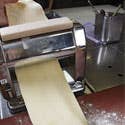
Techniques
Making Maultaschen
How to Make Maultaschen dumplings. See the recipe for Maultaschensuppe »
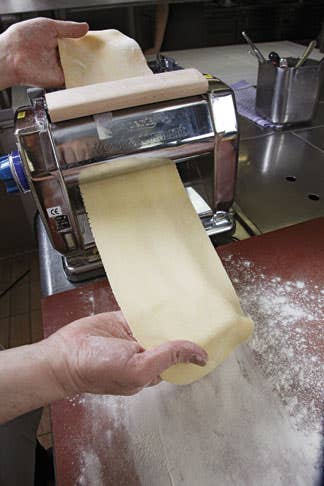
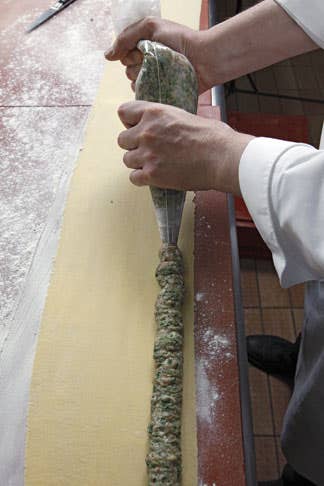
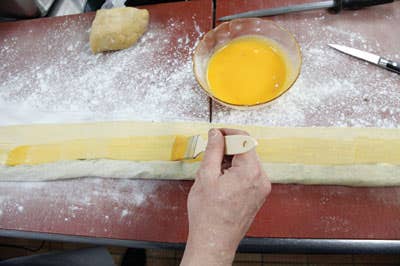
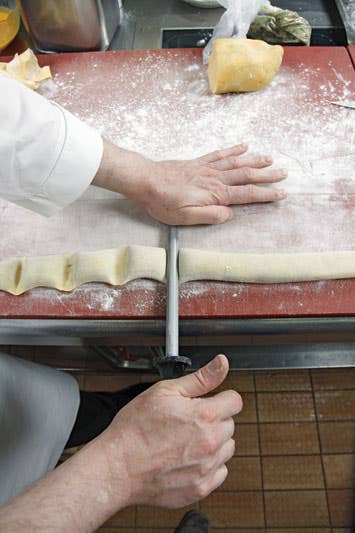
ADVERTISEMENTADAD
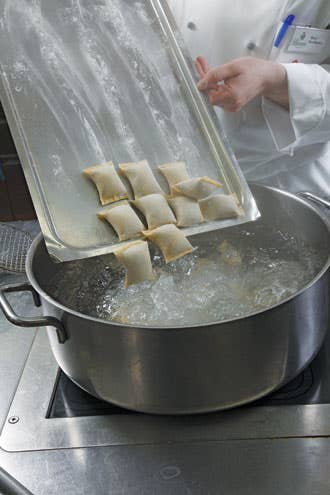
Keep Reading
Continue to Next Story
ADVERTISEMENTADAD
How to Make Maultaschen dumplings. See the recipe for Maultaschensuppe »







How to Make Maultaschen dumplings. See the recipe for Maultaschensuppe »





Continue to Next Story
